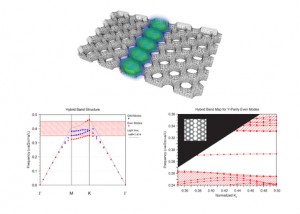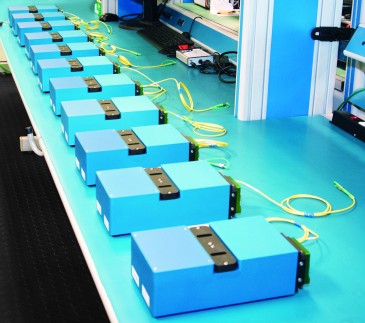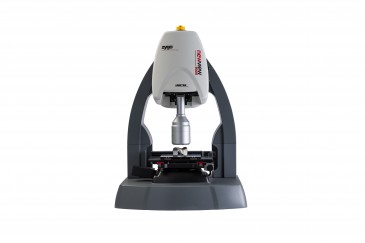
- S-Matrix/PDK Generation Utility for efficient, multi-level photonic integrated circuit design and analysis
- Increased simulation speeds of silicon photonics components by 100x or more
- Interface with Synopsys' HSPICE software for cohesive, precise modeling of optoelectronic circuits
Synopsys has released version 2017.09 of the Synopsys RSoft product portfolio, the company's family of software tools for photonic component and optical communication system design, with new features to streamline and enhance photonic and optoelectronic modeling. The company says the RSoft Photonic Component Design Suite reduces development time with efficient analysis of silicon photonics components at the device, circuit and system levels. The RSoft Photonic System Design Suite introduces an interface with Synopsys' HSPICE circuit simulation tool for cohesive, rigorous co-simulation of electronic components in photonic circuits.
RSoft Photonic Component Design Suite
New features include:
- S-Matrix/PDK Generation Utility to automate the interface between RSoft component tools, the RSoft OptSim Circuit tool, and mask layout tools. The utility creates the S-Matrix of a photonic component using the RSoft FullWAVE, BeamPROP and ModePROP tools and exports it to OptSim Circuit to verify its performance in a photonic integrated circuit (PIC) or system. The final design can then be exported to mask layout tools to create an optical process design kit (PDK). The interface allows designers to create PICs from basic building elements and accurately test PIC performance prior to fabrication.
- Expanded effective index method (EIM) implementation in RSoft component tools. EIM is a sophisticated method for reducing 3D waveguide structures, such as silicon photonics components, into equivalent 2D structures for extremely fast and accurate performance simulations. EIM can increase simulation speeds by 100x or more.
- Improved RSoft FullWAVE pulsed and broadband simulation. This feature allows engineers to accurately simulate the spectral response of photonic devices over a wide wavelength ― or spectral ― range with a single simulation. It is especially useful for analyzing resonant devices such as ring resonators.
- Expanded documentation and examples demonstrate how the RSoft tools' proprietary sub-cell meshing capabilities can significantly improve the accuracy and speed of photonic component simulations.
RSoft Photonic System Design Suite
New features include:
- Interface between the RSoft OptSim and OptSim Circuit tools and Synopsys' HSPICE simulator for seamless optoelectronic analysis. The HSPICE tool offers foundry-certified electrical MOS device models. The RSoft-HSPICE interface supports precise co-simulation of electronic components in photonic circuits in both on-chip and off-chip optical configurations.
- Updated PDKs, including the American Institute for Manufacturing Integrated Photonics (AIM Photonics) PDK version 1.5b and imec PDK version ISIPP50G.
- Support for PhoeniX Software's OptoDesigner elastic connectors. Constraints from packaging and design rule checks can impose restrictive routing requirements on schematic-driven layouts. To overcome these constraints, OptSim Circuit supports OptoDesigner elastic connectors, where the shape and dimensions of the connectors are determined through tight integration with layout generation, and equivalent compact models for these connectors are created and simulated in OptSim Circuit.
- Addition of the Viterbi and Viterbi (V & V) Mth power Carrier Phase Estimation algorithm in the OptSim digital signal processing (DSP) library for MATLAB. Accurate estimation of the optical carrier in phase-modulated coherent fiber-optic transmission systems is a vital responsibility of DSP at the receiver. As the order of modulation increases, susceptibility to laser phase noise requires accurate methods for phase estimation. The V & V Mth power algorithm in the OptSim tool helps designers achieve accurate estimation of carrier phase for QPSK and PM-QPSK modulation formats.

























 Back to Products
Back to Products

































